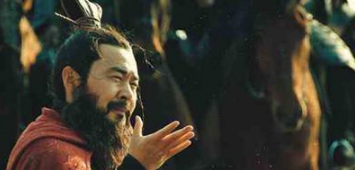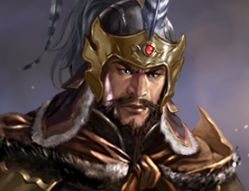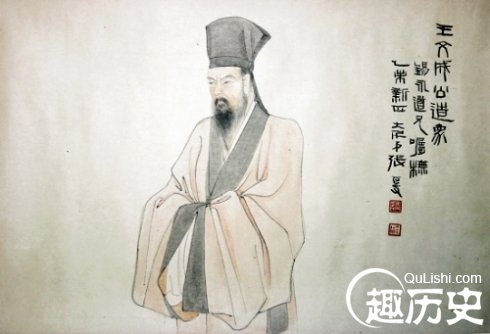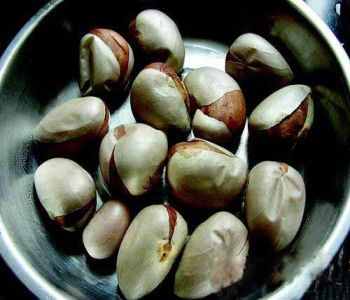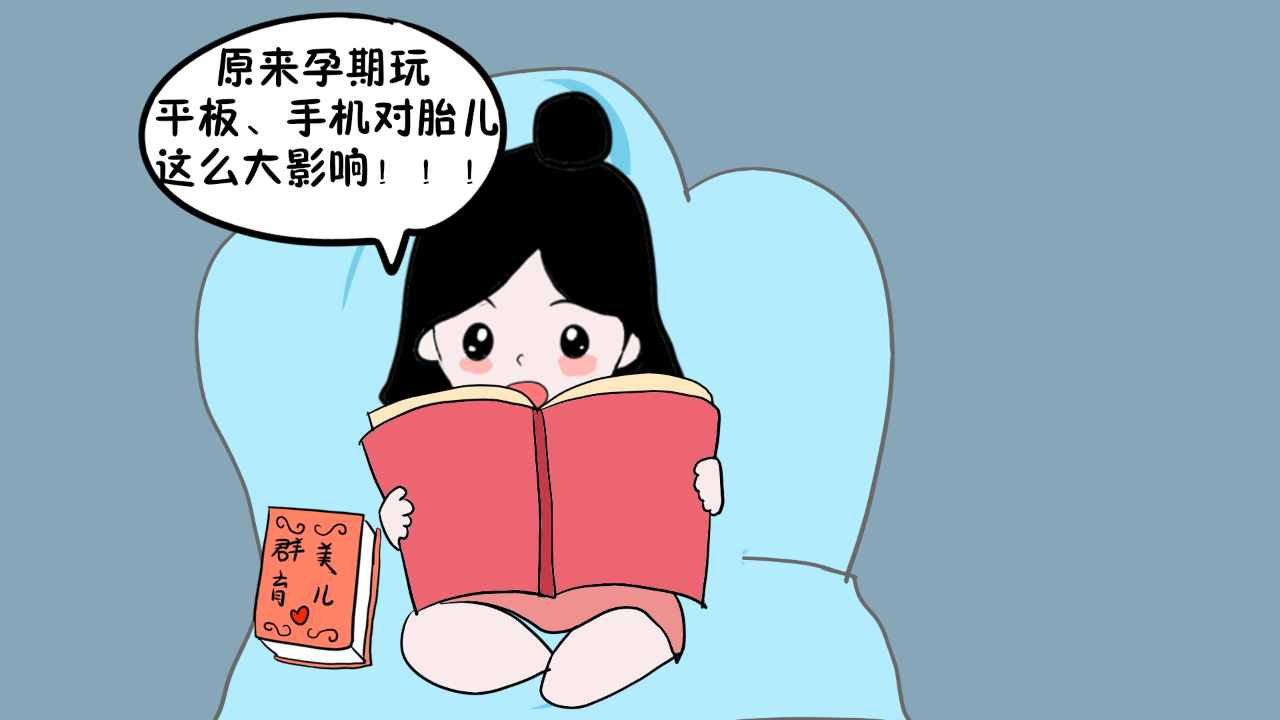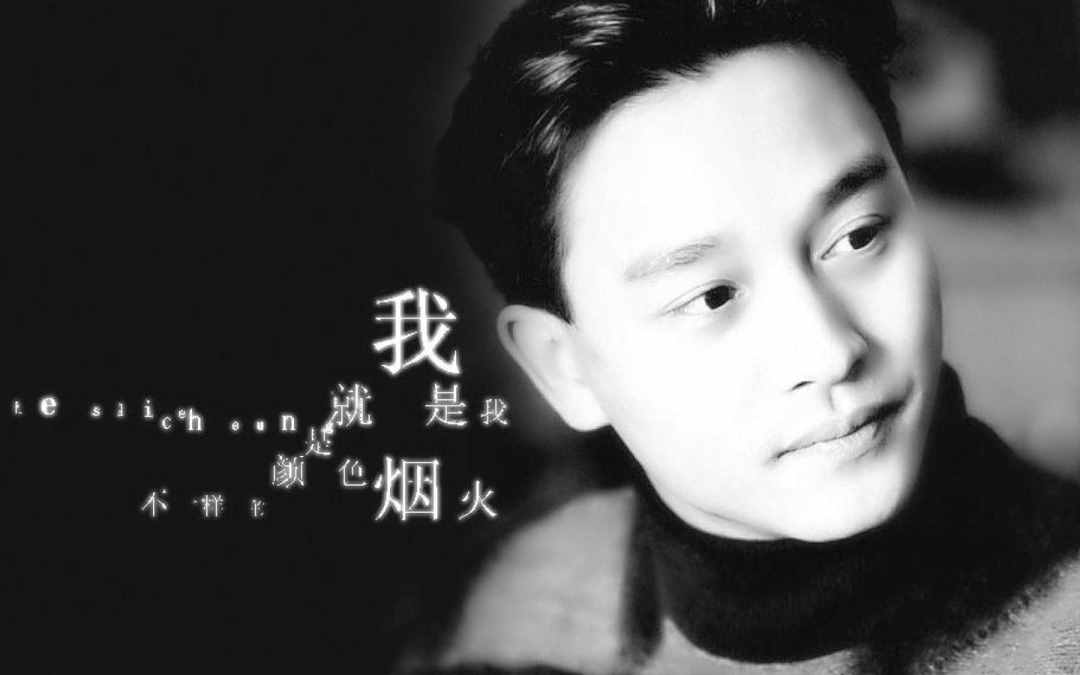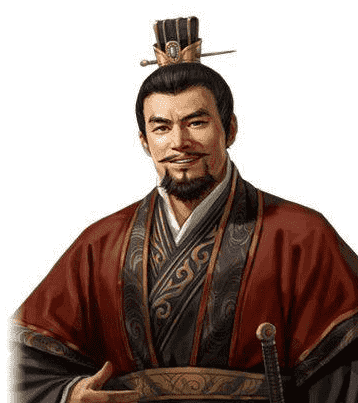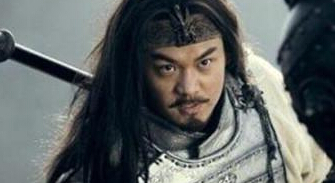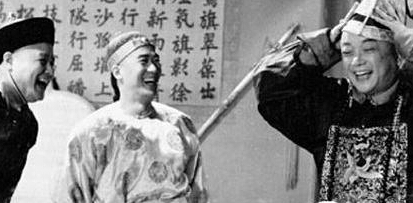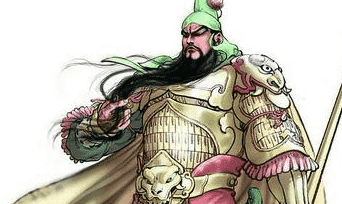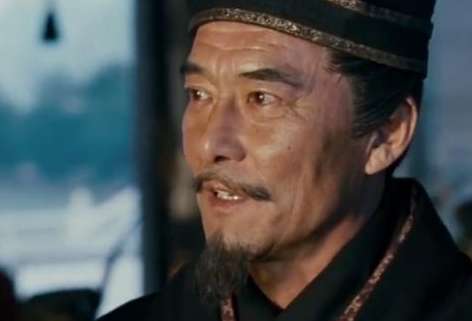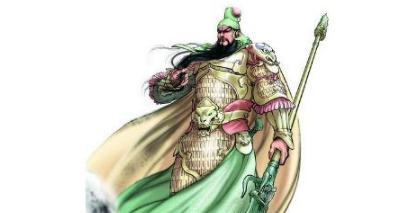名画星空(罗纳河的星空)
名画星空(罗纳河的星空)
文森特·威廉·梵高(Vincent Willem van Gogh,1853年3月30日—1890年7月29日),荷兰后印象派画家。代表作有《星月夜》、自画像系列、向日葵系列等。
梵高出生于1853年3月30日荷兰乡村津德尔特的一个新教牧师家庭,早年的他做过职员和商行经纪人,还当过矿区的传教士最后他投身于绘画。他早期画风写实,受到荷兰传统绘画及法国写实主义画派的影响。1886年,他来到巴黎,结识印象派和新印象派画家,并接触到日本浮世绘的作品,视野的扩展使其画风巨变。1888年,来到法国南部小镇阿尔,创作《阿尔的吊桥》;同年与画家保罗·高更交往,但由于二人性格的冲突和观念的分歧,合作很快便告失败。此后,梵高的疯病(有人记载是“癫痫病”)时常发作,但神志清醒时他仍然坚持作画。1889年创作《星月夜》。1890年7月,梵高在精神错乱中开枪自杀,年仅37岁。
梵高《罗纳河的星空》

《罗纳河上的星空》是荷兰后印象派画家文生·梵高于1888年创作的著名油画。显示了法国南部城市阿尔勒的罗纳河上的夜景。
"当我望着天上的星星时,常常产生好像地图上代表城镇的黑点的幻觉。我问自己,为什么天空中闪亮的点,不像法国地图上的黑点那样容易接近呢?我们可以搭火车到塔拉斯康或者卢昂,我们却不能到星星上去。……所以我想,霍乱、肾结石、肺结核、癌症可能是去天国的旅行工具,一如船、汽车和火车是地上的旅行工具一样。寿终正寝者,就是慢慢步行到天国去的。"
梵高再度尝试夜景之作。天空的星光与岸边灯光的倒影,互相响应。这种光线的处理方式,反应了梵高独特的视觉美学。而画中使用分色性的笔触,可以上溯到"拉杰特塞纳河大桥"的作法。
在一个温暖的9月夜晚,梵高前往罗纳河的堤坝上,突然,他灵感迸发。在这幅《罗纳河上的星空》中,星星和天空悬在上面,城中的煤气灯闪着小仙女般的甜蜜,倒映在河中。他将这夜的瞬间转化为自己长久以来的信念:人间和天堂的边界消弭不见。阿尔勒缩减为细长的一条,几乎无法隔开缓缓拍打的水面和星空。此画品相完美,为梵高的代表作,市场一画难求,此画具有不可估量的收藏价值。
英文翻译:Vincent Willem van Gogh (30 March 1853 -- 29 July 1890) was a Dutch post-Impressionist painter. His representative works include Starry Night, Self-Portrait Series, Sunflower Series, etc.
Van Gogh was born on March 30, 1853, in the Dutch countryside of Zundert to a Protestant clerkship. In his early years, he worked as a clerk and trade broker, as well as a missionary in the mines, and finally turned to painting. His early painting style is realistic, influenced by Dutch traditional painting and French realism painting school. In 1886, he went to Paris, met the Impressionist and Neo-Impressionist painters, and came into contact with the works of the Japanese Ukiyo-e. The expansion of his vision changed his painting style greatly. In 1888, he came to Arles, a small town in the south of France, and created "Arles' Suspend Bridge". In the same year, he became involved with the painter Paul Gauguin, but because of the conflict of their personalities and differences of ideas, the cooperation soon failed. Van Gogh suffered from frequent bouts of madness (described by some as "epilepsy"), but he continued to paint when he was conscious. He wrote Starry Night in 1889. In July 1890, van Gogh shot himself in a delirium at the age of 37.
"Starry Night over the Rhone" by Van Gogh
Starry Night over the Rhone is a famous painting by Dutch post-impressionist painter Vincent van Gogh in 1888. Shows a night view of the Rhone River in Arles, southern France.
"When I look at the stars in the sky, I often have the illusion that they are black dots representing towns on a map. Why, I ask myself, isn't the shining dot in the sky as accessible as the black dot on the map of France? We can take the train to Tarascon or Rouen, but we can't go to the stars. ... So I thought cholera, kidney stones, tuberculosis, cancer might be the means of travel to heaven, just as ships, cars, and trains are the means of travel to earth. The man who dies walks slowly to heaven."
Van Gogh tried night scenes again. The stars in the sky respond to the reflections of the lights on the shore. This way of handling light reflects Van Gogh's unique visual aesthetics. The use of color separation in the painting can be traced back to the "bridge over the Rajat Seine".
On a warm September night, van Gogh was heading for the embankment of the Rhone River when his inspiration struck. In this "Starry Night over the Rhone", stars and sky hang above, and the city's gas lights, with their fairy sweetness, are reflected in the river. He transformed the moment of that night into something he had long believed: that the boundary between earth and heaven would disappear. Arles is reduced to a thin strip, barely separated from the slow lapping water and the starry sky. This painting looks perfect, for Van Gogh's magnum opus, the market is difficult to find a painting, this painting has immeasurable collection value.

